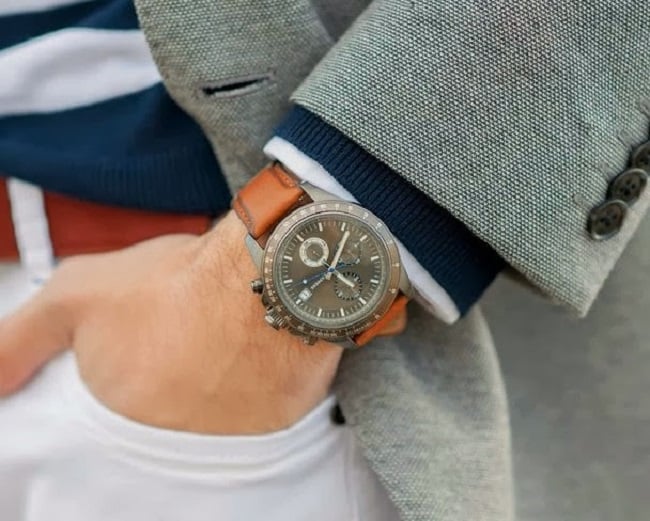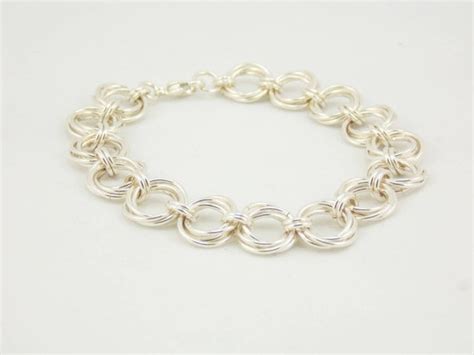A watch is more than just a timekeeping device; it is a reflection of one's style, personality, and taste. The perfect men's watch is not only functional but also a statement piece that complements any outfit. With a plethora of options available in the market, finding the ideal timepiece can be a daunting task. This essential guide aims to simplify the process and help men select a watch that suits their individual preferences.

When starting to search for the perfect men's watch, it is important to consider one's lifestyle and the purpose for which the watch will be used. If the watch is intended for everyday wear, a durable and versatile timepiece is the way to go. Stainless steel watches with leather or rubber straps are excellent choices for their durability and comfort. These watches can withstand the rigors of daily activities while still adding a touch of sophistication to any ensemble.
For those seeking a more formal or dressy option, a classic dress watch is the go-to choice. These watches typically feature a clean, minimalist design with a slim profile and a leather strap. The dial is often uncluttered, with Roman numerals or simple hour markers. Dress watches exude elegance and are perfect for more formal occasions or professional settings.
Once the purpose of the watch has been determined, it is essential to consider the watch movement. The movement can greatly impact the watch's performance and longevity. There are three main types of movements: quartz, automatic, and manual.
Quartz movement watches are powered by a battery and are known for their accuracy and reliability. They require minimal maintenance and are often more affordable than their mechanical counterparts. Automatic watches, on the other hand, are powered by the wearer's wrist movement. They do not require a battery but rather rely on a complex system of gears and springs. Automatic watches are admired for their craftsmanship and are often seen as a mark of luxury.
Manual-wind watches, although less common in today's market, require the wearer to manually wind the watch to keep it ticking. These watches are often appreciated for their vintage appeal and the connection they provide to the art of watchmaking. Ultimately, the choice of movement comes down to personal preference and lifestyle.
When selecting a men's watch, it is crucial to pay attention to the watch's size and proportions. A watch that is too large or too small can throw off the balance of an outfit. Generally, a watch should fit comfortably on the wrist, with the case diameter ranging between 38mm and 42mm for most men. However, larger or smaller watch sizes can be chosen based on personal style and wrist size. It is also worth considering the watch's thickness, as overly bulky watches can feel cumbersome and detract from the overall look.
Lastly, one must not overlook the watch's design elements. The dial, hands, and other features can greatly impact the overall aesthetic. Some prefer dials with multiple complications, such as chronographs or moon phases, while others prefer a clean and minimalist design. The choice of materials and colors also plays a crucial role. Stainless steel, gold, or even ceramic cases are popular choices, each imparting a different feel to the watch. Straps can be made of leather, rubber, metal, or even fabric, offering endless possibilities for customization.








Leave a Reply